
| Ernst U. von Weizsaecker |
 |
|
 |
 |
 |
|

figure 1
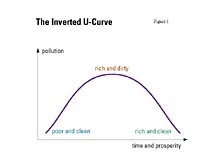
figure 2
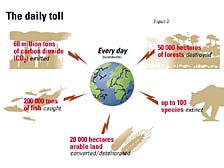
figure 3
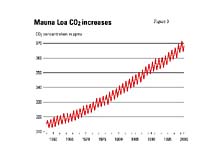
figure 4
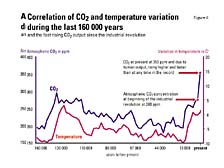
figure 5
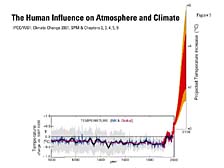
figure 6
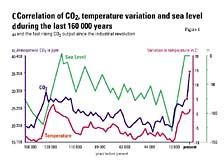
figure 7
|
Let me, as
the last speaker, join the others in expressing our very deep gratitude
to this very unusual honor we are receiving through the Takeda Foundation.
In particular, I would like to extend my gratitude to the respective
jury under the chairmanship of Professor Motoyuki Suzuki, whom I
had the honor of meeting before in Berlin and other places. I am
very grateful to be again in Japan.
My friend and colleague from our common times at Wuppertal, Bio
Schmidt-Bleek, has already explained to you why we shall need new
technologies if we are to master the challenges of sustainable development.
Schmidt-Bleek, who his friends call Bio, has single-handedly developed
his beautifully simple concepts of the ecological rucksack and MIPS,
which have earned him the Takeda Award. The jury under Professor
Suzuki were generous enough to also pack me into his rucksack, so
that's why I'm here.
The rucksack and MIPS concepts can serve as very useful yardsticks
for judging the sustainability performance of any product or service.
The rucksack tonnage is, of course, a rough and ready kind of yardstick.
It is not meant to tell the entire environmental story, but it is
meant to tell the forgotten part of the story and, as Bio has just
explained very convincingly to me, it is the heaviest and probably
most important part of the story.
Figure 1
To appreciate this statement, let us take a glance, from an ecological
point of view, at the history of the industrialized countries over
the last 150 years, which is the history of the Industrial Revolution
and its recent tail-end which was characterized by pollution control,
but also the information explosion and the industrialization of
the life sciences.
You see that countries typically started off poor and clean and
then they industrialized and got rich and dirty, and then they were
so rich they could afford costly pollution control. So they ended
up rich and clean, which sounds like a perfectly harmonious story.
Many people are very happy with it and, in fact, I'm very grateful
to those that contributed to this success story.
Figure 2
On the other hand, we will have to ask ourselves what "rich and
clean" means in ecological terms, and this, I'm afraid, is going
to be disappointing as we can see in the next graph. The daily toll,
ecological toll, is devastating. We see that roughly 100 plant and
animal species become extinct every day and we blow some 60 million
tons of carbon dioxide into the air every day. Over-fishing and
deforestation goes on almost unmitigated.
Figure 3
Let me not now repeat the entire story the way Bio has just done
it. Let me get your attention to one additional phenomenon which
deserves environmental consideration. It's the greenhouse effect.
This graph shows you the steady and periodic increase over the last
decades of carbon dioxide concentrations measured at Hawaii's Mauna
Loa Mountain that is far away from any industrial agglomeration.
Figure 4
Now, carbon dioxide itself would not create alarm because at these
concentrations it's completely non-toxic. The trouble comes in when
you look at the correlation between carbon dioxide concentration
and temperatures on earth, as has been established by French and
Russian researchers more than 15 years ago by looking into the chemistry
of fossil air bubbles in the Antarctic ice.
Figure 5
Figure 6
Figure 7
We can see that in the Industrial Age from the right-hand end of the blue curve
we have a huge increase of carbon dioxide, and now the Intergovernmental Panel
on Climate Change is expecting that after 1,000 years of more or less stable temperatures
on earth we are going to get a drastic increase of temperatures during the coming
century, the just begun century. The forecasts go that it is anything between
2 degrees Centigrade and 5.8 degrees, which is a drama that even temperature may
not by itself cause so much alarm, but there is more reason for being alarmed.
If you look at the third curve, which is the sea water table, you
can imagine what might happen if the forecasts of temperatures become
true - what might happen to the sea water table. |
|
|